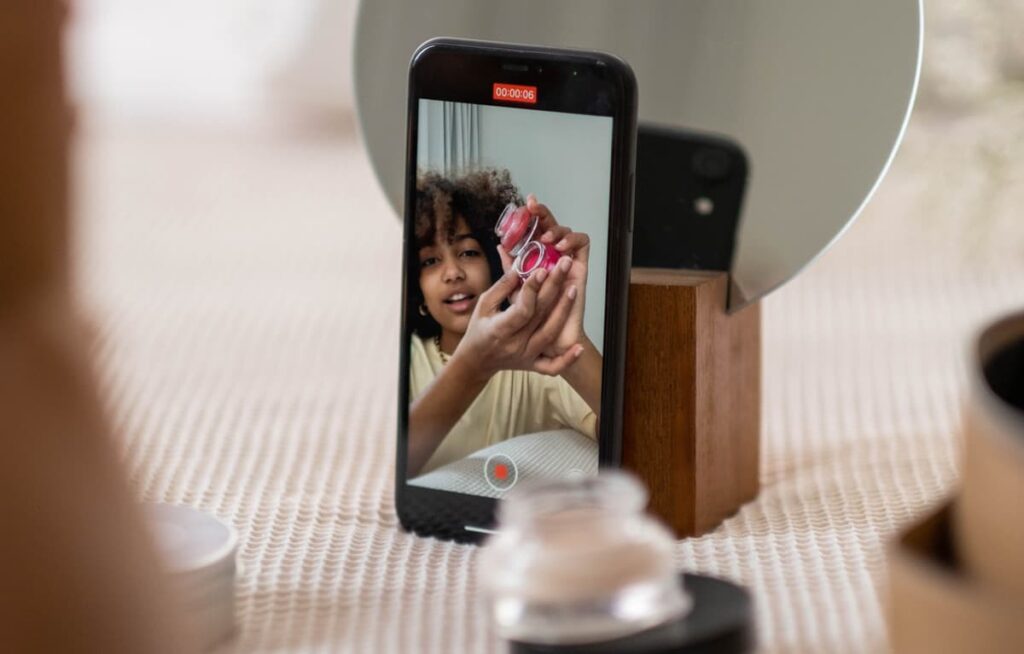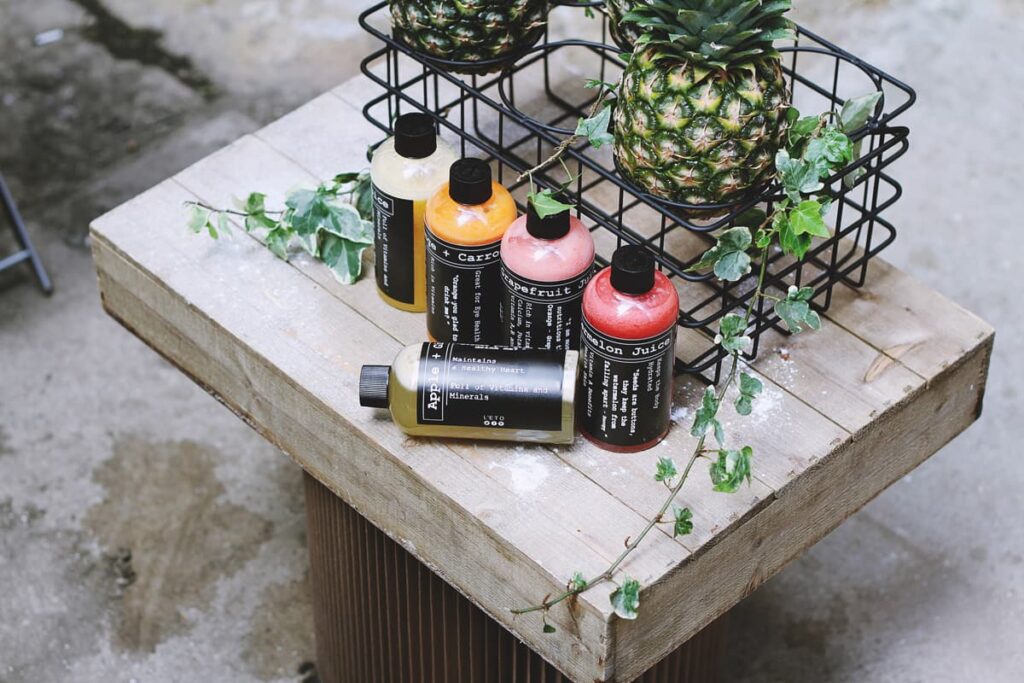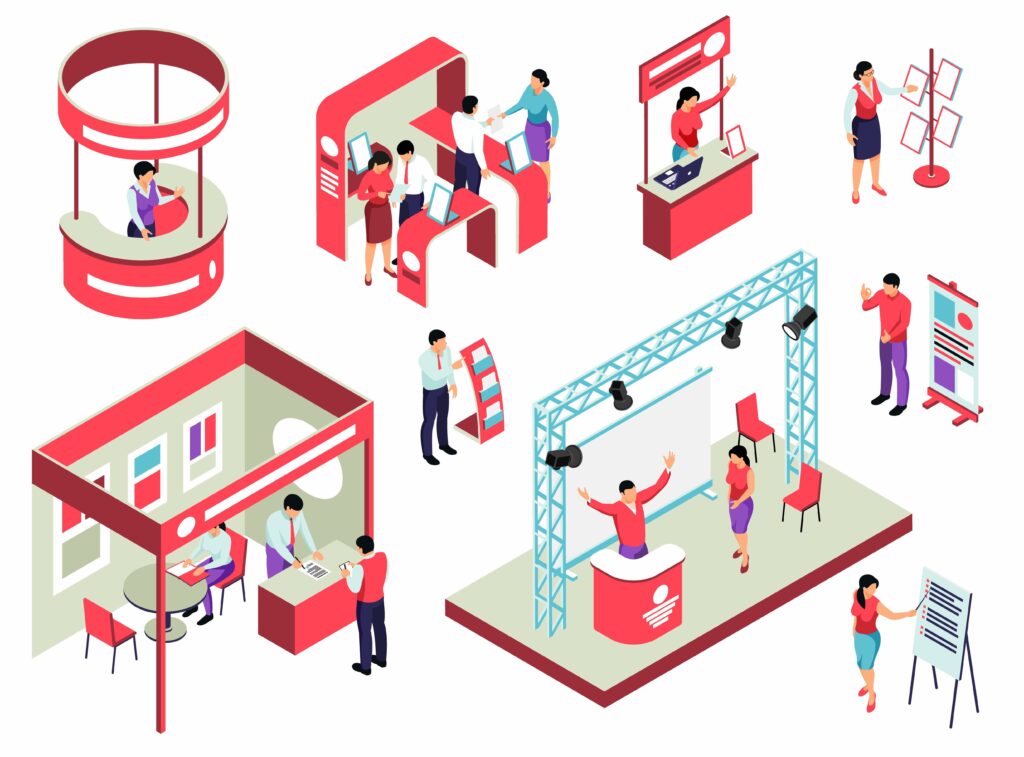When it's time to launch a new product in the market, rapid product testing shines. Rapid product testing gives you a chance to test your product at each crucial design step and helps you save valuable time and money.
This article explains what rapid product testing is, the definition, and how marketers can analyze and use it before the new product launch and mass production. It will also expand on how rapid product testing works and its effectiveness.
If you want to launch a new product or a new brand, we definitely recommend you stick with us and read the rest of this article.
What is rapid product testing?
Rapid product testing is a part of a broader approach called iterative design in which, instead of designing a perfect product, we build the product in stages, followed by testing among designers, stakeholders, and end-users after each stage.
Since it's not possible to produce a perfect product from the beginning, this approach provides the designers with the opportunity to change the product after each step and saves them from the costs of mass-producing a faulty or unappealing product.
Simply put, rapid product testing means producing an exact replica of the end product, which is a physical copy with the exact same packaging as the final product.
Rapid product testing aims to present the product to the users to collect their feedback while still having the chance to change the final product based on this feedback and not taking the risk of going through the expensive manufacturing process without being sure about the results.
This sample is not a prototype, but the final product's exact replica, which will eventually be accessible to the end-users.
This gives you an edge compared to your competitors in the market, who at this stage are only occupied with the routine marketing plans, and move directly forward to the mass-production, without having collected any feedback, and are completely unsure about the results of the product's favorability by the end-users.
Read more: Experiential Marketing: Taking Your Business to the Next Level

Why is rapid product sampling effective and what are the benefits?
Suppose that both you and your competitor are working on the same marketing plan to pursue your client to buy your product.
Your competitor only has a marketing plan, but you have an exact replica of the final product. When it comes to decision making, your client has only some theoretical marketing information from your competitor but a tangible final product of what you will eventually offer them. Yours is much more effective simply because of the inclusion of the final product.
Product testing before launch is crucial. Many consumer products will never get traction or market success because they were built without market feedback. Theoretically, they might sound like a cool idea, but after having been launched, nobody is open to buying them.
The impact of including the product lasts much longer than only presenting what you will offer on paper.
A marketing campaign could only be effective for a few months; however, the production of a replica makes it much more lasting. The client doesn't have to imagine what your final product will look like. The other marketing materials' importance decreases because the clients will have the chance to touch, feel, and discover the product.
This approach can really lead to saving time and money. It transfers information much faster, and the designers and stakeholders could make more precise decisions along the way. They can predict the market before making any production decisions and ensure that the product will be well-received by the customers.
That’s because during product testing they'll find their buyer persona as well. A lot of products will die eventually because brands don't know who's the right customer and spend thousands of dollars to figure that out if they ever do.
It also helps in pricing and gives marketers the opportunity to figure out how high they can push the price before customers drop off, or what price to consider for the product to have the opportunity to offer discounts later on.
The other point of effectiveness in this approach is that with running A/B tests, marketers can realize whether to have simple and minimal branding and packaging or make it flashy and modern.
Last but not least is that rapid product testing can help you decide about your messaging strategy. If the marketers have some various value propositions in mind and are unsure which one to pick, by this method, they will understand what their customers care the most about and which messaging approach to take.

What is the right way to do rapid product testing?
Rapid product testing is one of the most effective marketing techniques. However, we need to take some steps to make sure, while applying it, we are on the right track:
1- Precisely determine what you want to test
Do not complicate the process unnecessarily by testing many things. The more you involve in the process of testing, the more time and money consuming it will be. Be specific and to the point about the features you want to test. You can repeat the product testing as many times as necessary, so make sure to focus only on one feature at a time.
2. Know your audience
Especially if you're a startup, and you don't have a clear understanding of who your audience would be, conduct research to understand your audience's likes and dislikes, what they seek, and what the competitors do.
3- Find the fastest ways
Think to find the fastest and most efficient ways to bring the sampling product to your audience. These days, the most immediate ways are digital. So, start here.
Rapid product sample
When given the sample product to test, the users shouldn’t realize it’s just a replica and not the real final product. If the users know it’s not the real thing, they start to be proactive, rather than just authentic.
With rapid product testing, we need to collect feedback on the user’s experience and feeling about the current product. That's why the sampling product must be exactly like the real final product, and at least, functional enough.

For which products does rapid product testing work?
Rapid product testing is most effective for new products that haven't been introduced to the market, the products that have been improved, or the ones branched out to new markets. If the product already exists in the market, the users are familiar with it and have the actual product to examine.
The aim is to understand whether or not to go through the costly and time-consuming mass production.
That's why we give potential customers access to the replica of the product. After realizing the pros and cons of the replica, we go back to our designers and ask to change the product.
Rapid product testing can happen in any step through the design process, and the product can change so many times to make sure it's finally ready for the production process, and the new product will be well-received.
Read more: The Ins and Outs Of Product Sampling Marketing: The Ultimate Guide To Enhancing Your Brand
Conclusion
Rapid product testing is a process happening before real production. It's a marketing method that provides potential customers with replicas or simpler versions of the products.
This way, they have a tangible experience with the product, and the marketers can decide on the changes necessary to the product, packaging, naming, or even the copy to make it ready for being manufactured.
So, they don't have to go through the risky mass production process before being sure whether or not it will apply to the users' needs and wants.
This technique saves stakeholders and marketers from unnecessary costs and time wastage.
This technique takes the communication barriers away, makes a clear image of the final product, and makes sure to deliver what the product team envisioned. It saves consumer brands from disasters and puts the best product before the paying customers.
Key takeaways
- Rapid product testing is a part of a broader approach called iterative design in which, instead of designing a perfect product, we build the product in stages and then do the testing among designers, stakeholders, and end-users after each stage.
- Rapid product testing means producing an exact replica of the end product and not a prototype. This is a physical copy with the exact same packaging as the final product.
- The goal of rapid product testing is to present the product to the users to collect their feedback while still having the chance to change the final product based on their opinion.
- To make sure rapid product testing is conducted precisely, three things must be considered: clearly defining what you want to test, knowing your audience, and finding the fastest ways to do rapid testing.
- Rapid product testing is a great marketing technique since it is extremely cost-efficient and a time-saver.
- This technique is effective for types of products: new products, improved products, and products branched out.




